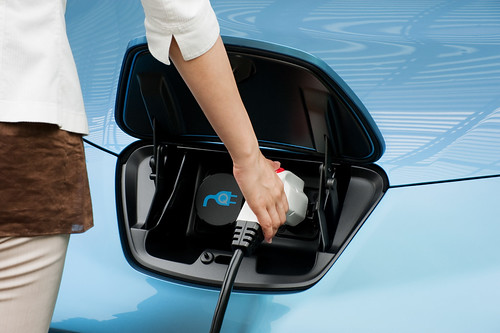Financial Gurus at Mint.com snap an awesome picture of the state of auto industry in the United States
(Source: Mint.com via Autoblog)
Ever wondered what’s the state of the american auto industry? Over the past several months we came across several reports of the ailing American autopia, including those with horrific financial reports, Government bailout in billions, mergers and acquisitions that changed the auto industry landscape worldwide, the glorious performance of American automakers during the short lived Cash for Clunkers boost, etc. Along the way, there were few attempts to depict the ever-changing amoebic state of the auto industry from a 30,000ft level, in an easy to understand format. But so far (what little I have read), nothing comes close to what the brilliant folks at Mint.com have done.
They say a picture is worth a thousand words, and we’d add that the above graph is tantamount to an engaging novella. It charts the massive brand exodus among the Detroit contingent, which looks like a quadruple reverse drawn up on the telestrator by John Madden. If that isn’t sobering enough, the text below shows just how much Detroit automakers have shrunk since 2006. Overall, attrition at Ford, GM and Chrysler accounts for an astonishing 144,600 workers in only three years. No wonder Michigan has the highest unemployment rate in the nation. The chart also gives a brief look at the up-and-coming members of the US auto industry, including Tesla, BYD, Tata and Smart, along with a quick blurb about the future of each of the automakers represented.
TranspotGooru Musings: The only glitch that I spotted in the above graph is the introductory line on the blurb about Chinese Automaker BYD – “Recently bought by Warren Buffet….” Actually, the company is publicly traded, and its major shareholder is Wang Chuan-Fu who started BYD (the letters are the initials of the company’s Chinese name). Mr. Buffet’s Bekshire Hathaway has invested $232 Million thus far and is consider to expand its investment further. Berkshire Hathaway first tried to buy 25% of BYD, but Wang turned down the offer. He wanted to be in business with Buffett – to enhance his brand and open doors in the U.S., he says – but he would not let go of more than 10% of BYD’s stock.












